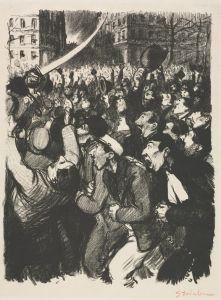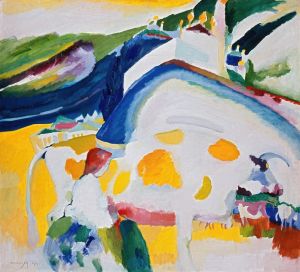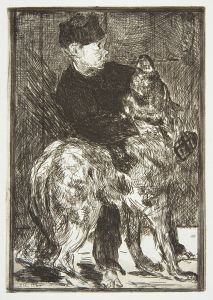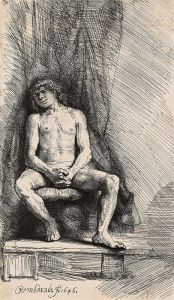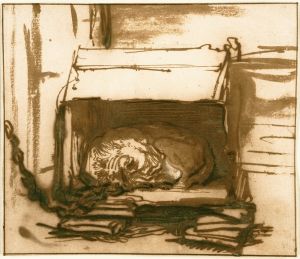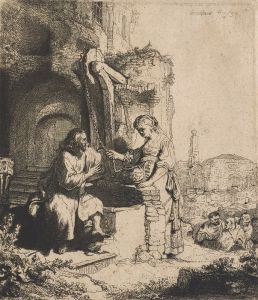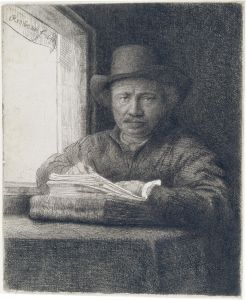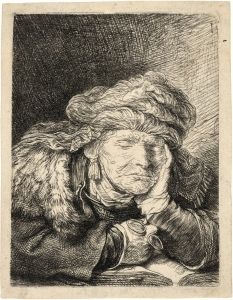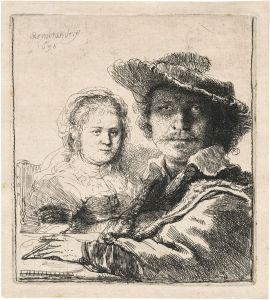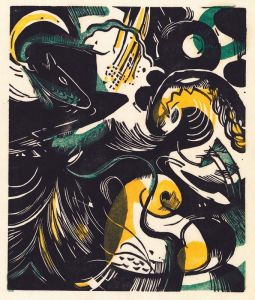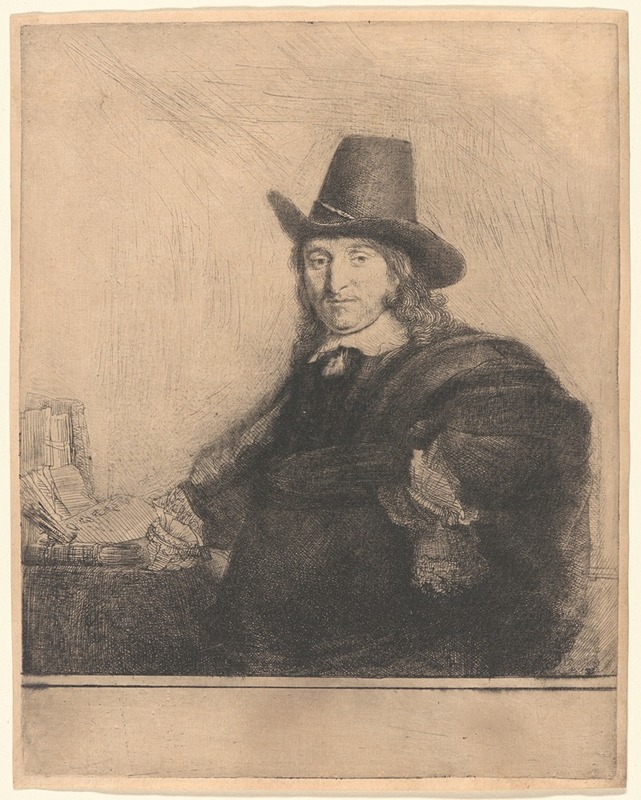
Jan Asselijn, Painter
A hand-painted replica of Rembrandt van Rijn’s masterpiece Jan Asselijn, Painter, meticulously crafted by professional artists to capture the true essence of the original. Each piece is created with museum-quality canvas and rare mineral pigments, carefully painted by experienced artists with delicate brushstrokes and rich, layered colors to perfectly recreate the texture of the original artwork. Unlike machine-printed reproductions, this hand-painted version brings the painting to life, infused with the artist’s emotions and skill in every stroke. Whether for personal collection or home decoration, it instantly elevates the artistic atmosphere of any space.
"Jan Asselijn, Painter" is a portrait created by the renowned Dutch artist Rembrandt van Rijn. Rembrandt, one of the most influential figures in the history of art, was known for his masterful use of light and shadow, as well as his ability to capture the essence of his subjects. This particular painting is a testament to his skill in portraiture, a genre in which he excelled throughout his career.
The painting depicts Jan Asselijn, a Dutch painter who was active during the 17th century. Asselijn was known for his landscapes and genre scenes, and he was part of the Dutch Golden Age of painting, a period marked by great wealth and cultural achievement in the Netherlands. Although not as widely recognized today as some of his contemporaries, Asselijn was respected in his time and had a successful career.
In the portrait, Rembrandt captures Asselijn with remarkable detail and sensitivity. The painting is characterized by its realistic depiction of the subject, a hallmark of Rembrandt's style. The use of chiaroscuro, a technique involving the contrast of light and dark, is evident in the way Rembrandt highlights Asselijn's face and hands, drawing attention to his expression and posture. This technique not only adds depth to the painting but also imbues the subject with a sense of presence and immediacy.
Rembrandt's ability to convey the personality and mood of his sitters is evident in this work. Asselijn is portrayed with a contemplative expression, suggesting a thoughtful and introspective nature. The attention to detail in the rendering of his clothing and features further enhances the lifelike quality of the portrait.
The painting is believed to have been created during the height of Rembrandt's career, a period when he produced many of his most famous works. During this time, Rembrandt was living in Amsterdam, where he had established himself as a leading portraitist. His portraits were highly sought after by the wealthy and influential individuals of the city, and he enjoyed considerable success.
"Jan Asselijn, Painter" is an example of Rembrandt's ability to capture the individuality of his subjects while also adhering to the conventions of portraiture of the time. The painting reflects the artistic trends of the Dutch Golden Age, characterized by a focus on realism, attention to detail, and an interest in depicting the human condition.
Today, Rembrandt's portraits are celebrated for their psychological depth and technical mastery. "Jan Asselijn, Painter" is no exception, offering insight into both the artist's skill and the character of his subject. The painting remains an important part of Rembrandt's oeuvre and is appreciated by art historians and enthusiasts alike for its contribution to the rich tapestry of Dutch Golden Age art.






